In the world of packaging, a single leaking bottle is more than just a drop of wasted product. It’s a cascade of potential problems: costly recalls, damaged brand reputation, regulatory scrutiny, and a significant blow to your Packaging Efficiency. The culprit often lies within the heart of your production line: the Capping Line. This critical stage is where the final seal is made, the ultimate guardian of your product’s integrity. For many manufacturers, achieving a consistently perfect seal feels like a persistent conundrum.
But what if zero leaks weren’t a matter of chance, but a matter of science?
This comprehensive guide will delve into the scientific principles and engineering marvels behind modern Capping Systems. We will deconstruct the complexities of the Bottle Capping process and reveal how a holistic approach, from the Capping Head to Torque Control, can transform your Bottling Line into a paragon of perfection. Prepare to solve the capping conundrum once and for all.
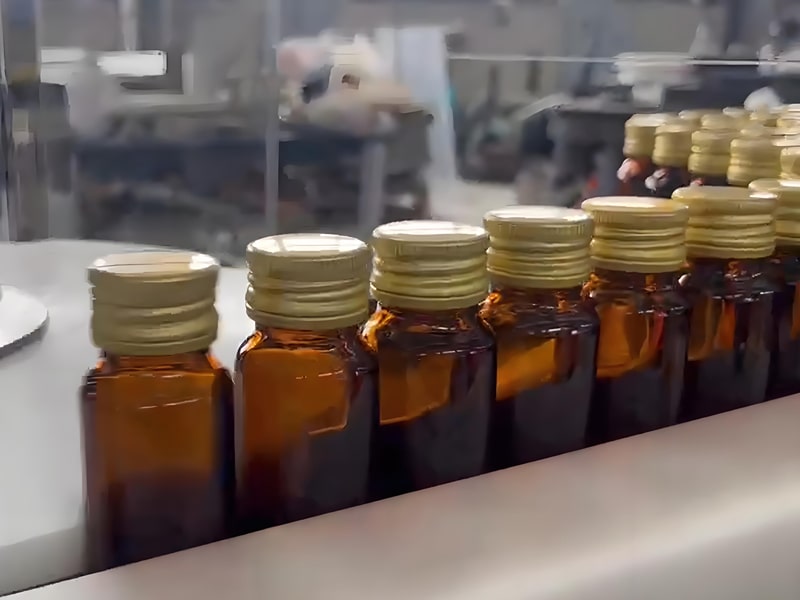
The Anatomy of a Perfect Seal: More Than Just a Twist
Before we dive into the machinery, let’s establish a foundational understanding of what constitutes a “perfect seal.” It’s a precise synergy of three physical factors:
1.Application Force (Torque): The rotational force applied to the cap. Too little, and the seal is incomplete. Too much, and you risk stripping threads, damaging the cap liner, or even cracking the container.
2.Container & Cap Design: The thread profile, the neck finish of the bottle, and the design of the cap must be perfectly matched. Even microscopic inconsistencies can create pathways for leaks.
3.The Liner’s Role: The small disc inside the cap, the liner, is the unsung hero. It compresses against the container’s rim (the “land”) to create an airtight barrier. The liner material must be compatible with the product and provide the necessary resilience.
The primary goal of any Capping Machine is to control and optimize these three variables with unerring consistency, thousands of times per hour.
The Core of Modern Sealing: Why Your Choice of Capping Machine Matters
The market is filled with various types of cappers, but for high-speed, high-stakes production, two main categories dominate: Rotary Capping and Inline Capping.
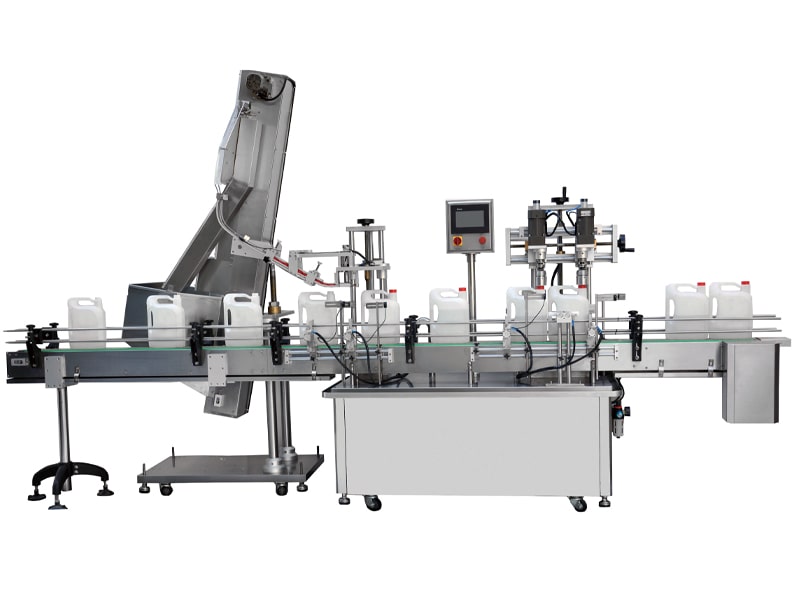
The Powerhouse of Precision: The Rotary Capping System
For manufacturers who cannot compromise on speed or accuracy, the Rotary Capping Machine is the gold standard. In this system, bottles are transferred onto a continuously rotating starwheel. As they travel in a circular path, a dedicated Capping Head descends, picks a cap, applies it, and torques it to the precise specification.
Scientific Advantages of Rotary Capping:
● Extended Application Time: Because the capping action occurs while the bottle is moving with the turret, the Capping Head has more time to engage the cap, descend, and apply torque smoothly. This controlled, non-abrupt motion is crucial for preventing cross-threading and ensuring the cap seats perfectly.
● Superior Torque Control: High-end rotary systems utilize advanced Torque Control mechanisms. These are not simple motors. They are often magnetic clutches or servo-driven heads that provide real-time feedback and can apply a precise, pre-programmed torque value, with variations of less than ±1 in-lb. This precision is the bedrock of a reliable Sealing Solution.
● Versatility and Stability: The secure handling of the bottle via the starwheel and neck guides means the system can handle a wider range of bottle shapes, sizes, and weights, even those that are less stable, without sacrificing speed or accuracy.
This level of control makes Rotary Capping an indispensable part of any high-efficiency Bottling Line aiming for zero-defect output.
The Workhorse: Automatic Capping and its Role
The term Automatic Capping encompasses a broad range of machines that automate the cap sorting, placement, and tightening process. Both rotary and inline cappers are types of Automatic Capping machines. The key takeaway is the removal of manual intervention, which is inherently inconsistent and a common source of sealing problems.
An Automatic Capping System integrates seamlessly with the rest of your Bottling Line, receiving filled bottles from the filler and discharging perfectly sealed bottles to the labeler. This automation is the first and most critical step in improving Packaging Efficiency and reducing labor-related errors.
The Science of Precision: Deconstructing the Capping Head and Torque Control
The magic truly happens within the Capping Head. This is the component that makes direct contact with the cap. Let’s break down how it masters the sealing process.
The Capping Head: A Symphony of Mechanics
A modern Capping Head is a masterpiece of mechanical engineering. It’s designed to perform a sequence of actions flawlessly:
1.Pick-Off: It precisely picks a single cap from the delivery chute.
2.Pre-Spin: It often gives the cap a slight initial spin to help it seat correctly on the bottle’s threads, greatly reducing the risk of cross-threading.
3Top-Load Force: It applies a consistent downward force (top-load) to keep the cap stable and ensure the liner makes even contact with the container land before tightening begins.
4.Torquing: It applies the final, critical rotational force.
The Imperative of Torque Control: The Soul of the Seal
Torque Control is arguably the most critical parameter in the entire Capping Line. It is measured in pounds-per-inch (in-lbs) or Newton-meters (N·m).
Release Torque vs. Application Torque: It’s important to understand that the torque required for a consumer to open the bottle (release torque) is different from the torque applied by the machine (application torque). Due to liner relaxation and thread friction, the release torque is typically 40-60% of the initial application torque. Your quality control process must measure and validate that the release torque falls within an acceptable range for both seal integrity and consumer convenience.
Advanced Torque Systems:
● Magnetic Clutch: These heads use opposing magnets to create a consistent “slip” when the target torque is reached. They are reliable and require minimal maintenance.
● Servo-Driven Heads: This is the pinnacle of Torque Control. A servo motor controls the entire tightening process. It can be programmed to have multiple torque profiles, sense for cross-threads or missing caps, and provide detailed data for every single bottle. This data is invaluable for statistical process control (SPC) and quality assurance.
Investing in a Capping System with precise, verifiable Torque Control is a direct investment in a zero-leak Sealing Solution.
5 Actionable Keys to Eliminating Leaks on Your Capping Line
Solving the capping conundrum requires a holistic strategy. Here are five key areas to focus on:
1. Machine Selection and Specification:
Don’t just buy a Capping Machine; invest in a Sealing Solution. Partner with a manufacturer (like Xueba Pack) that understands the science. Provide them with samples of your bottles, caps, and liners. A good supplier will conduct tests to determine the optimal application torque and guarantee the performance of the recommended machine for your specific components. Specify a Rotary Capping system for high-speed or challenging applications.
2. Rigorous Component Quality Control (QC):
Your Capping Line is only as good as the components you feed it. Implement a strict incoming QC process for your bottles and caps. Use calipers and gauges to check for:
● Bottle Neck Finish: T-Dimension (outer thread diameter), E-Dimension (inner neck diameter).
● Cap Dimensions: S-Dimension (distance between threads), H-Dimension (height). Deviations of even a fraction of a millimeter can lead to widespread failures.
3. The Art and Science of Machine Setup and Calibration:
Proper setup is not a “set it and forget it” task.
● Head Height: The vertical position of the Capping Head must be perfectly set to apply the correct top-load force.
● Gripper/Chuck Tension: The mechanism that holds the cap must be tight enough to prevent slipping but not so tight that it damages the cap’s exterior.
● Torque Calibration: Use a calibrated digital torque meter to regularly verify that the output of each Capping Head matches its setting. Keep a log of these calibrations.
4. Comprehensive Operator Training and SOPs:
Your operators are the first line of defense. They must be trained to understand not just the “how” but the “why” behind each adjustment. Develop clear Standard Operating Procedures (SOPs) for startup, shutdown, changeovers, and troubleshooting. Empower them to spot issues like misaligned caps or scuffed threads before they become major problems.
5. A Proactive Maintenance Culture:
Wear and tear is the enemy of precision. Capping chucks, grippers, and clutch components wear down over time. Implement a preventive maintenance schedule. Regularly inspect and replace worn parts. A well-maintained Capping Machine is a reliable one, which is the cornerstone of Packaging Efficiency.
Conclusion: Your Partner in Perfect Sealing
The journey to zero leaks is not about finding a single magic bullet, but about embracing a scientific, systematic approach to your Capping Line. It begins with understanding the intricate dance between the bottle, the cap, and the machine. It is sustained by choosing the right technology, like a precision Rotary Capping System, and dedicating resources to quality control, proper setup, and maintenance.
By viewing your Capping System as a critical control point and an engineering asset, you can solve the conundrum permanently. You can protect your product, enhance your brand’s reputation, and unlock new levels of Packaging Efficiency. The perfect seal is not just a goal; it is an achievable, repeatable standard of excellence.
| References: | |
| 1. | The pharmaceutical vial capping process: Container closure systems, capping equipment, regulatory framework, and seal quality tests ——Retrieved from: National Science and Technology Library |
| 2. | Impact of Vial Capping on Residual Seal Force and Container Closure Integrity. ——Retrieved from:Europe PMC |
| 3. | Case Study: Validated High Speed Capping——Retrieved from:RoboticsTomorrow |


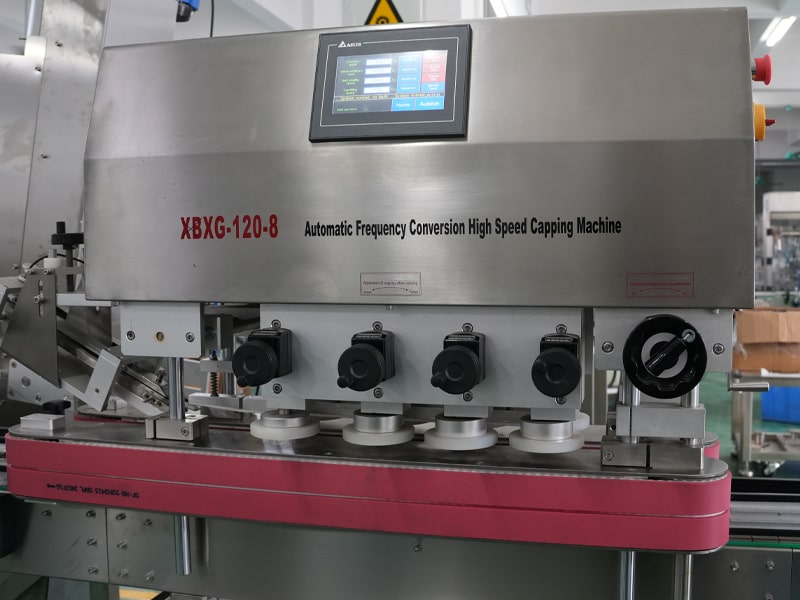
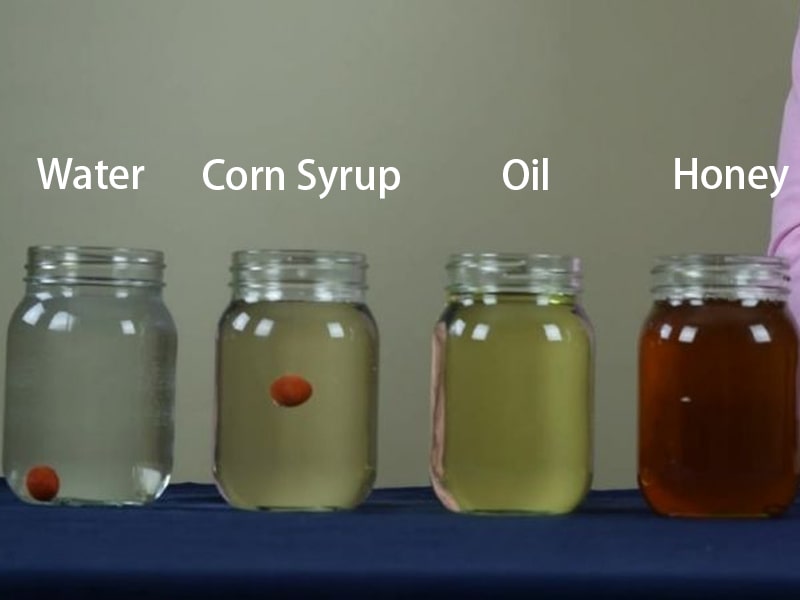
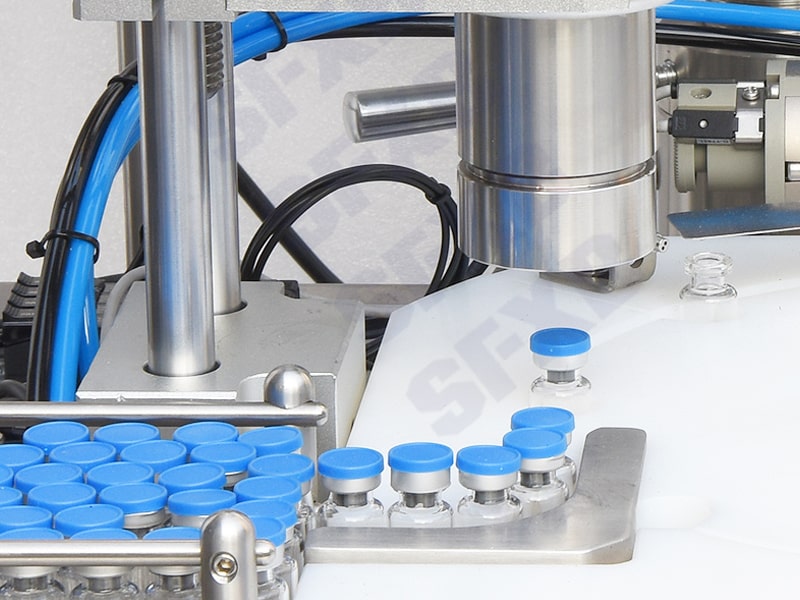
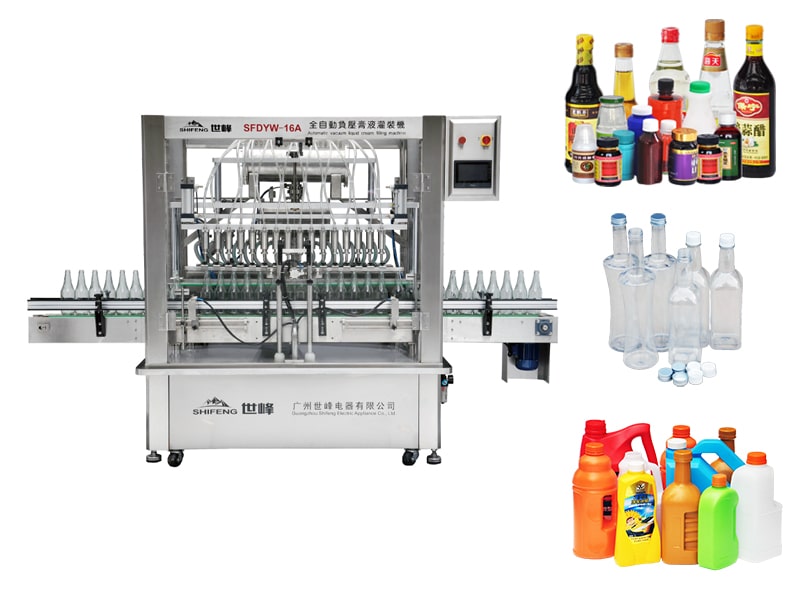

Comments